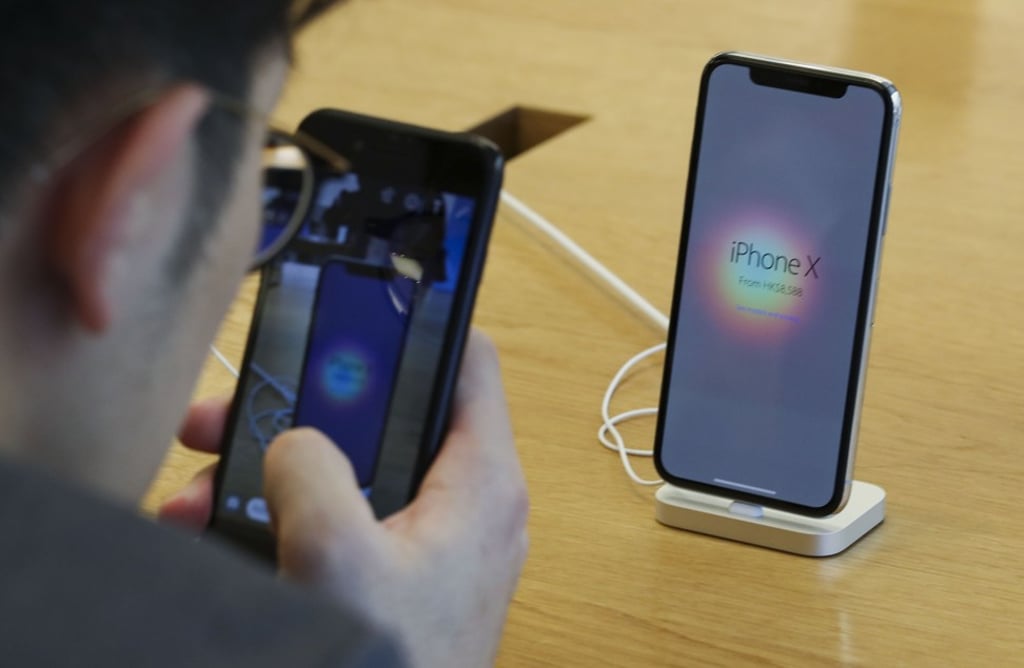The best smartphone features of 2017 plus our five favourite models – where’s the iPhone X?
From single-camera bokeh shots and funky AR apps to the world’s first neural processing unit, it has been a year jam-packed with innovations. We pick out the ones that really matter and the phones that have rocked our world

If there is one single feature that epitomises smartphone evolution this year, it would be the shift towards slim-bezelled handsets with displays that stretch almost edge to edge.
Samsung Galaxy S8 full review: at HK$5,698 it’s pricey but there’s a lot to like
But while this bezel-less movement is understandably getting most of the attention – it is the first thing we see, after all – tech companies have made several improvements to smartphones that may not be immediately noticeable, but are perhaps more important.

The first is continued advancements in artificial intelligence (AI), from both an immediate and long-term perspective. Huawei built the world’s first mobile chipset with a dedicated NPU (neural processing unit, essentially a souped-up CPU capable of running AI applications), which will shape the tech in future years. Apple and Google, meanwhile, improved their current machine-learning algorithms to work wonders today.
